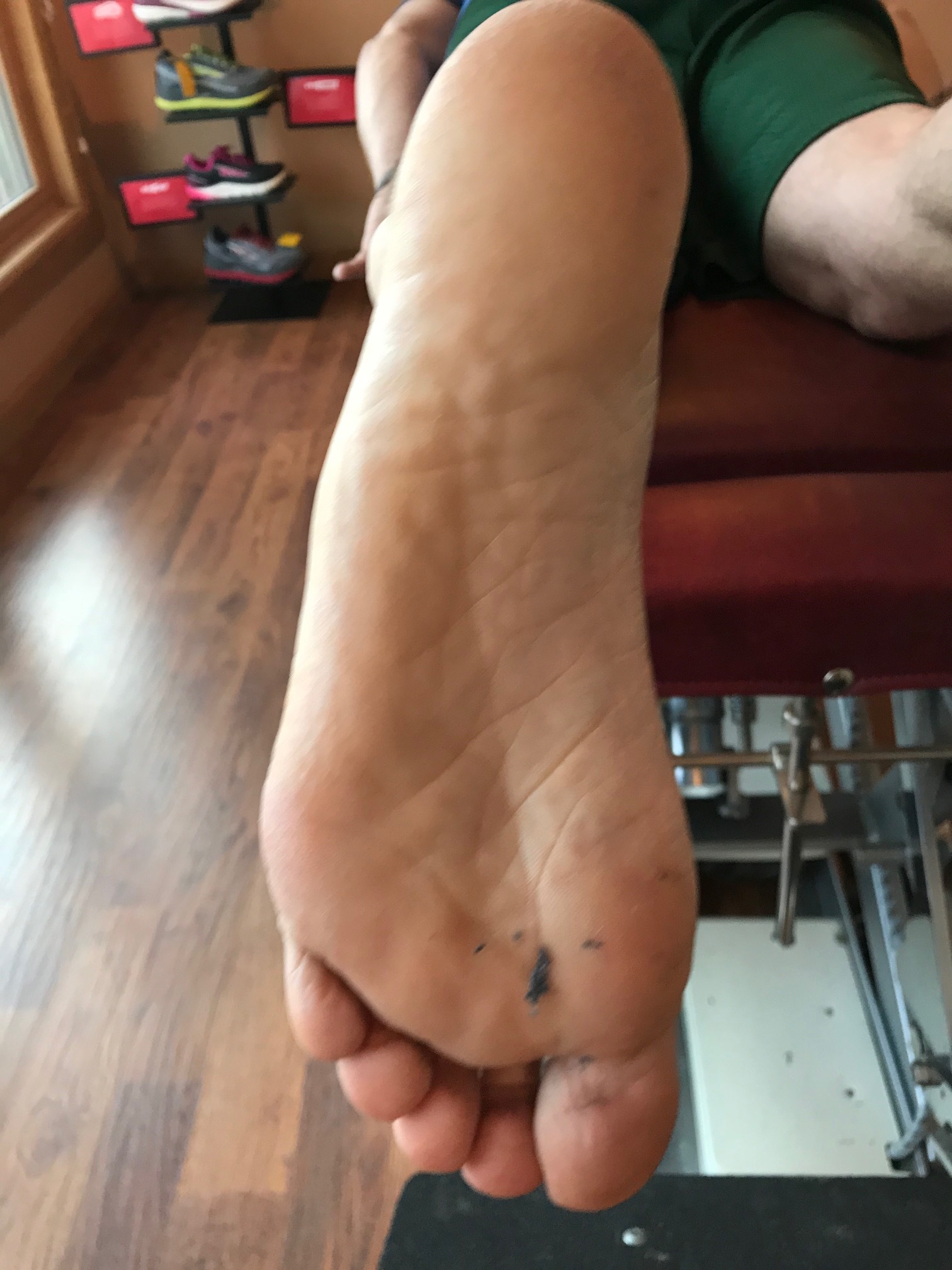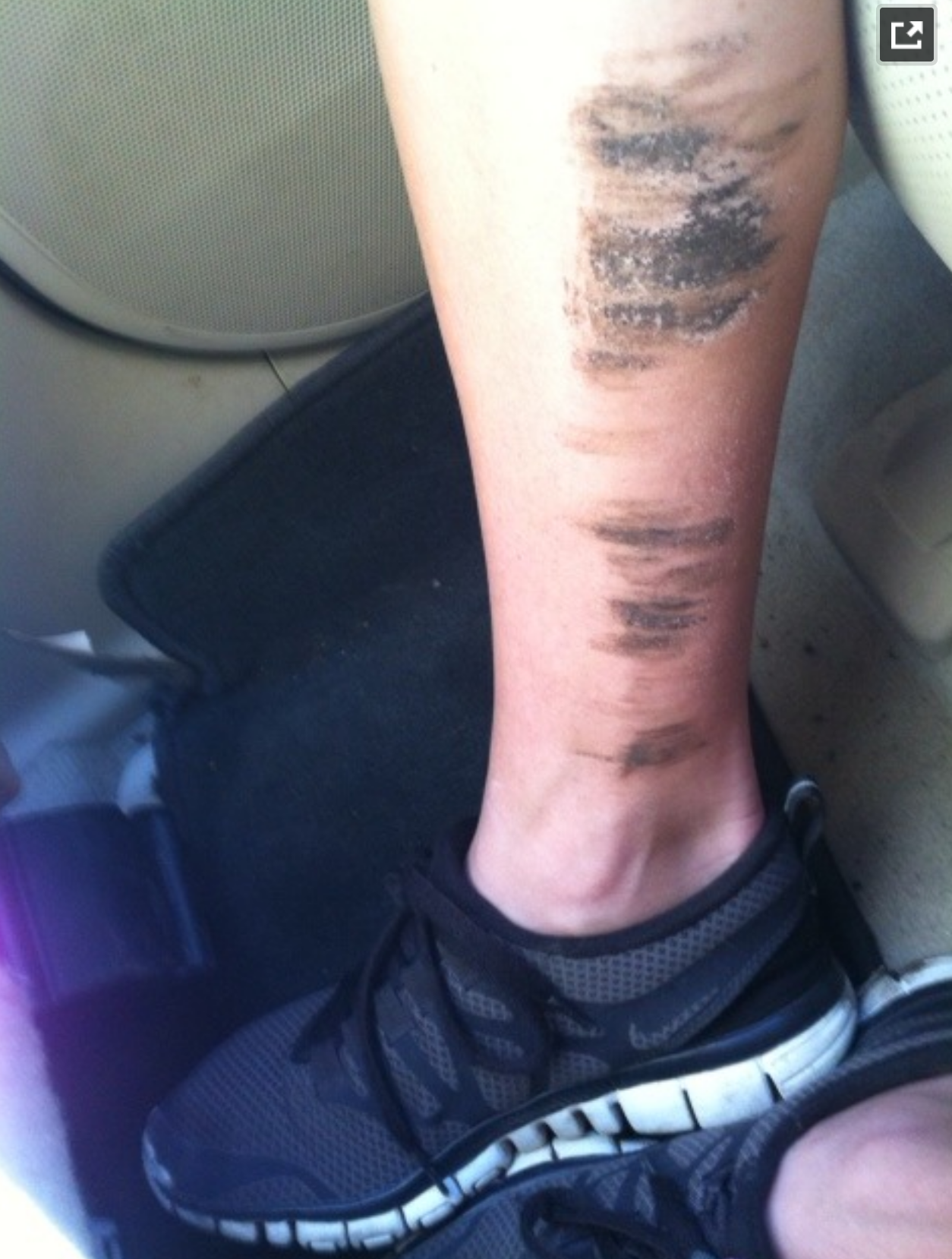Why we have a problem with web-based gait analysis recommendations. What is Visual Parallax and how does it affect gait analysis?
/Is your video gait analysis really telling you what you think it is telling you ?
We recently were asked by a student at a physical therapy school to help with a teaching case. They asked us to look at a gait video to assist in outlining some things in the case. Here was our response.
“Hello Jane Doe
We are happy to look at the video for you so you and others can learn.
Just please know, as we say all the time here on the Gait Guys, that without an examination that what we are all seeing is not the problem rather the persons compensatory strategy around the dysfunctional parts.
Plus, video negates binocular and parallax viewing so things that would stand out in in a exam where we are physically present will be masked quite a bit in/on video or on a computer screen. We try to minimize these visual losses by getting multiplanar gait video views (sagittal from front and back and coronal from left and right sides) but even these will not fill the visual gap from transferring data from 3D to 2D and then trying to interpret a 3D answer from the 2D. But it is the best one can do with our technology today unless you use a body suit sensor system, and then you still have the limitations of "what you see is not the problem, its their compensation” so one still needs the physical exam to put the puzzle together.
Here…….. read this if you are wondering what we mean.
*This blog article below which we wrote 6 years ago is the heart of what we wanted you to read today. Visual parallax and binocular vision both need to be understood so that you can better understand why what you see on your gait analysis video might not be what you think you are seeing. Seeing is one thing, knowing what you are seeing is another, knowing the limitations and the “why” of what you are seeing is yet another.
So, we can tell you what we see………but without an exam we cannot tell you with great accuracy why you are seeing what we see. Does that make sense ?“
Read on . . . .
What is Visual Parallax and how does it affect gait analysis? : Is your video gait analysis really telling you what you think it is telling you ?
Have you ever watched someone’s gait, only to reach for your camera to capture a gait deficit digitally, and then later re-watch the video and have a difficult time seeing the same deficit? There is a logical answer.
Vision exists with both eyes open (binocular), or with only one open eye (monocular). Our visual system uses all available depth cues to determine distances between objects, called physiological cues (actual or perceived differences), and psychological cues (experiential; or derived from past experience, or logical deduction).
Our 2 eyes see the world from slightly different locations (or different lines of sight), so the images transmitted to the visual cortex (in the occipital lobe) by the eyes are slightly different (see left picture above, compliments of Wikipedia). This difference in the perceived images is called binocular parallax. The amount or angle can be measured by the angle or semi-angle of inclination between those two lines. The term is derived from the Greek parallaxis, meaning “alteration”.
Our visual system is very sensitive to these “differences”, and binocular parallax is the most important depth cue for medium viewing distances (see right picture above, compliments of www.cns.nyu.edu). The sense of depth can be achieved using binocular parallax even if all other depth cues are removed.
Nearby objects have a larger parallax than more distant objects when observed from different positions, so parallax can be used to determine distances. Usually video provides us with confirmation of we are actually seeing in 3D. Beware, visual parallax may be playing tricks with you, as there is a discrepancy when translating 3D to 2D (cameras have one lens and are therefor monocular). Yes, binocular effect is lost in video; there is little depth perception with 2D and everything on the web, at this point, is 2D. A different vantage point (ie multiple camera angles: front, back and side) often offer a different perspective which is why we always suggest 3 views, but that too, is having 3 videos which are all 2D !
So this is why when you watch someone’s gait, even when LIVE on Skype or FACETIME, you have a difficult time seeing the same deficit that you might have seen had you been there in person enabling the components of binocular and parallax to come into play. Trust us, we are astonished all the time when we see something in a client's gait, and we reach for our phone or ipad, only to have it be barely present on the video because of the 2D capture limitations.
Remember, what you see (actually or on video) IS their compensation, NOT the problem, but it can often lead you to the problem. Pelvic drift to right during stance often means weak Gluteus medius on that side. Is that the problem? Maybe. However, “Why” is the bigger question. Is it from the foot? The Knee? the hip? Or maybe central and involving the vestibular apparatus? We examine, try to make a change, and see if it sticks.
So, in the future, keep in mind some of these limitations of what you are diagnosing off of video analysis because what you are seeing is a monocular interpretation of the real thing. Some information has been lost in the process of monocular motion capture. We are sure that in time video analysis will reach the 3D realm, and solve this problem.
Binocular Parallax. 2 different views of the same thing. Kind of like us…The Gait Guys…Ivo and Shawn







































